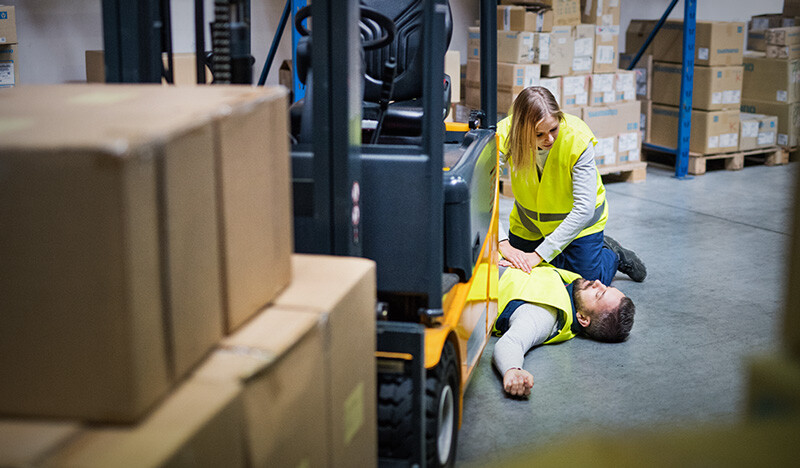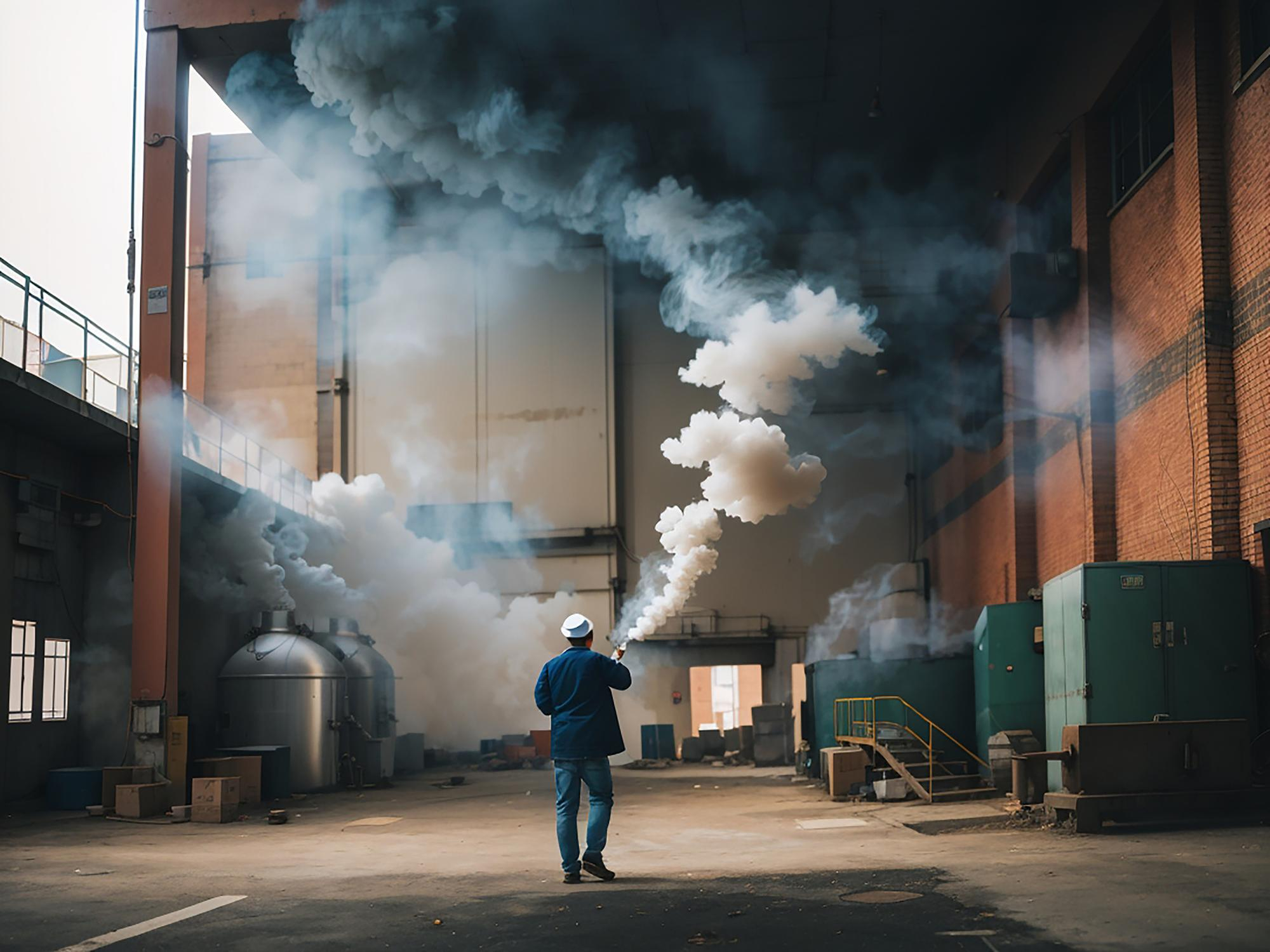- Loss of productivity.
- Low morale of workers.
- Loss of reputation. Health, economic, and administrative costs.
- Increase in absenteeism rate.
Cases of workplace accidents worldwide continue to increase, remaining a concerning cause of death. According to the International Labour Organization, there are approximately 2.6 million workers who die each year due to work-related causes.
The increasing consequences of workplace accidents also leave their mark in Spain. In 2022, there were 653,510 cases of workplace accidents during working hours, an 8.71% increase from 2021. Of these accidents, almost 4,000 were serious, and over 700 resulted in the death of a worker.
This workplace risk has a clear negative impact on the life of the affected worker, but it also affects companies. The consequences of workplace accidents for companies highlight the importance of strengthening prevention and occupational safety training.
Consequences of workplace accidents and their impact on companies
Loss of productivity
Productivity is one of the first elements affected by workplace accidents. It is one of the most obvious consequences of workplace accidents, as the absence of the injured worker leads to a loss of productivity.
Furthermore, the time spent investigating the accident and addressing its causes, such as defective machinery, also affects productivity.
Low morale of workers
This not only affects the injured employee. Witnessing a colleague suffer an accident while performing a similar job affects the morale of all workers. This impact is closely related to the loss of productivity mentioned earlier.
This not only affects the injured employee. Witnessing a colleague suffer an accident while performing a similar job affects the morale of all workers. This impact is closely related to the loss of productivity mentioned earlier.
Finally, demotivated workers due to low morale are more likely to experience accidents themselves. According to the ILO and OSHA, human error causes between 80% and 90% of workplace accidents. Keeping employees alert and motivated is essential to avoid the consequences of workplace accidents.
Loss of reputation
The external image of the company is also harmed due to workplace accidents. If the impression is not conveyed that the company is safe and employees are well cared for and protected, the reputation suffers.
A company with a reputation for poor working conditions or insecurity finds it more challenging to build trust with potential customers or investors. This translates into losses or a potential decline in sales. Poor publicity is another consequence of workplace accidents and clearly affects companies.
Health, economic, and administrative costs
This is another tangible consequence of workplace accidents. The ILO estimates that the total cost of occupational accidents and diseases worldwide amounts to nearly 3 trillion dollars annually. This represents almost 4% of the global gross domestic product (GDP).
The approximate figure encompasses various costs arising from workplace accidents. Medical expenses for the injured worker, costs due to the loss of quality of life, bureaucratic costs, compensation, litigation...
Increase in the rate of absenteeism
Absenteeism is the phenomenon that occurs when a worker does not attend their job, and it can be due to various causes. It is another consequence of workplace accidents and also causes losses for companies.
The absenteeism rate (the percentage of agreed-upon hours lost) exceeded 6% in Spain in 2022. The direct and indirect costs of absenteeism exceeded 37 billion euros in Spain in 2021.
Proper preventive training, a key factor to avoid accidents
To prevent or mitigate the consequences of workplace accidents, it is essential to strengthen risk prevention through training. Training employees in safety procedures or the proper use of protective equipment can save lives.
Furthermore, this training in health and safety is a legal obligation for companies. In fact, if a workplace accident occurs and adequate preventive training has not been provided, the responsibility will always lie with the company.
Currently, there are tools that allow companies to demonstrate that training based on regulatory prevention standards has been provided. This can save companies from penalties in the event of an accident.
One of these tools is virtual reality. This technology enhances and enlivens training sessions by recreating realistic risk situations in simulations. In this way, employees learn and practice safety protocols without exposing themselves to real danger.
One advantage of virtual reality is the collection of usage and performance data. With this data, it can be demonstrated that adequate training has been provided, in addition to checking the performance of trained workers.
Want to know how virtual reality helps prove that preventive training based on appropriate regulatory standards has been provided? Discover it at this link.












